BOOKS OF DOOM #4 (2006)
by Ed Brubaker & Pablo Raimondi
cover by Paolo Rivera
Can you tell that this issue covers Doom’s travel to Tibet?

A parallel is made between Latveria being a mountainous country and Tibet, then put into proper context.
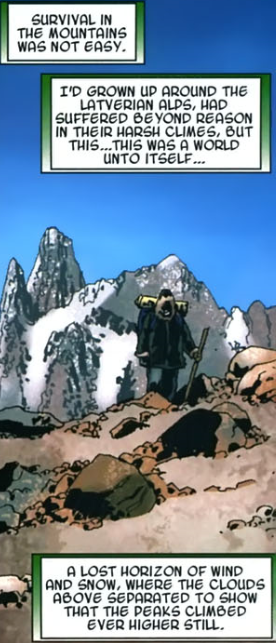
Victor cheats at least a little, but who can blame him?

The nightmares return, as well as Doom’s AWESOME self-insert.

Victor describes the mountain as “nearly crushing” him, especially thanks to the nightmares, when SUDDEN YETI!
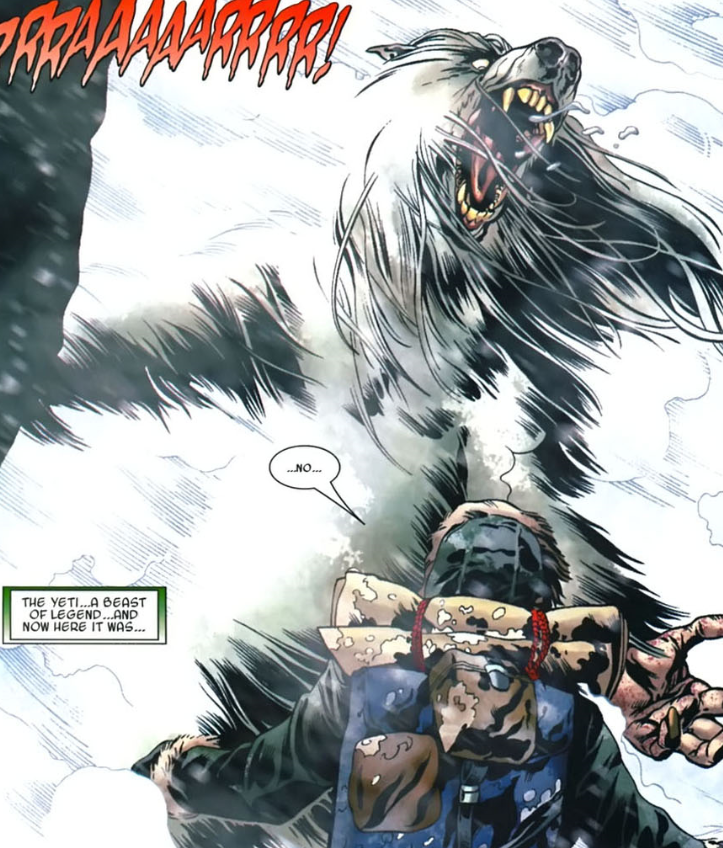
Victor finds it funny that he was almost killed by a yeti. ALMOST.
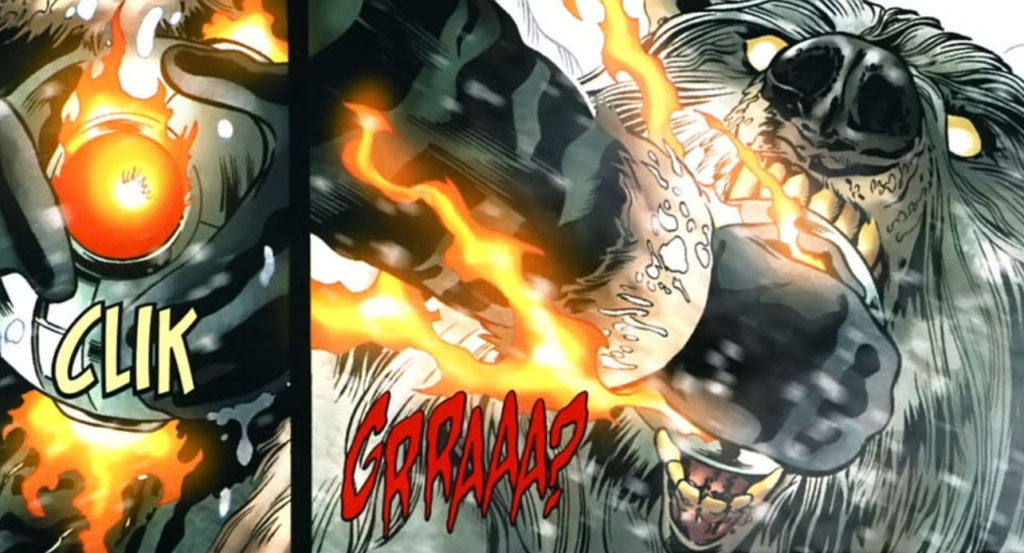
When life gives you yetis, make a fur cloak out of it. Or something like that.

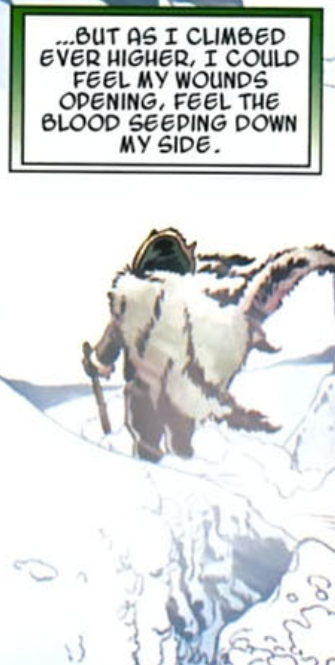
Interestingly, it took much longer than I though for Victor to make the comparison to his father’s fate.
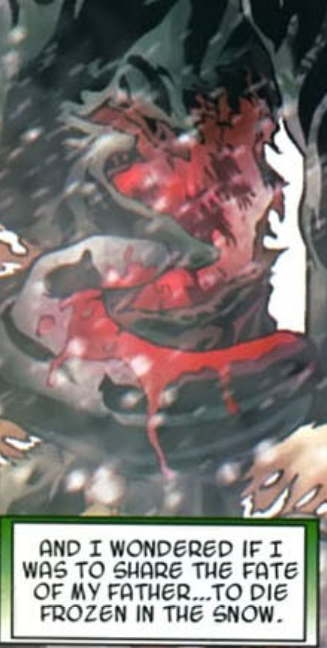
Victor loses consciousness, but he’s rescued by the monks he was looking for.
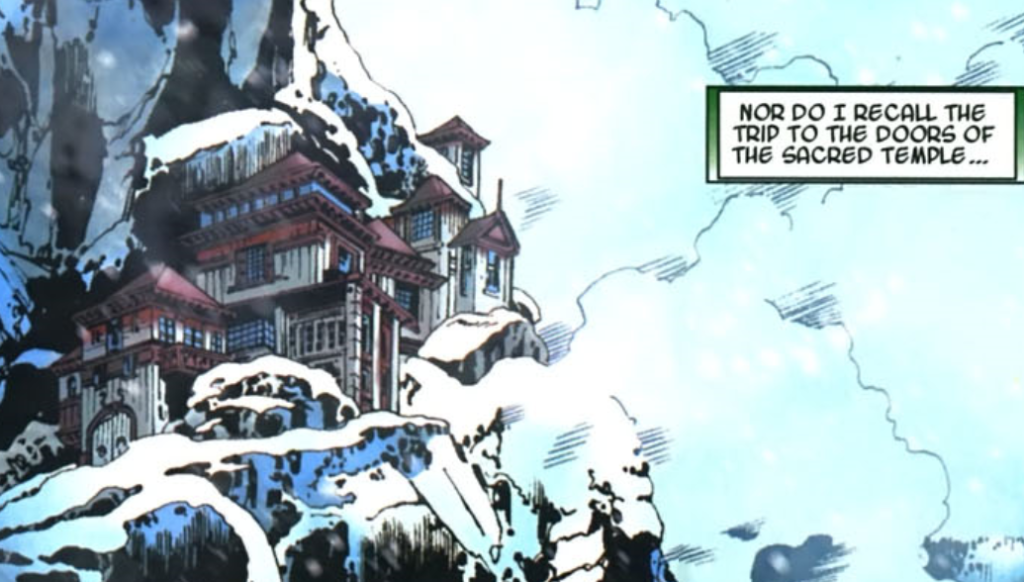
One of the few additions to Doom’s lore from this story is that those monks were already dealing with both magic and science long before he found them.
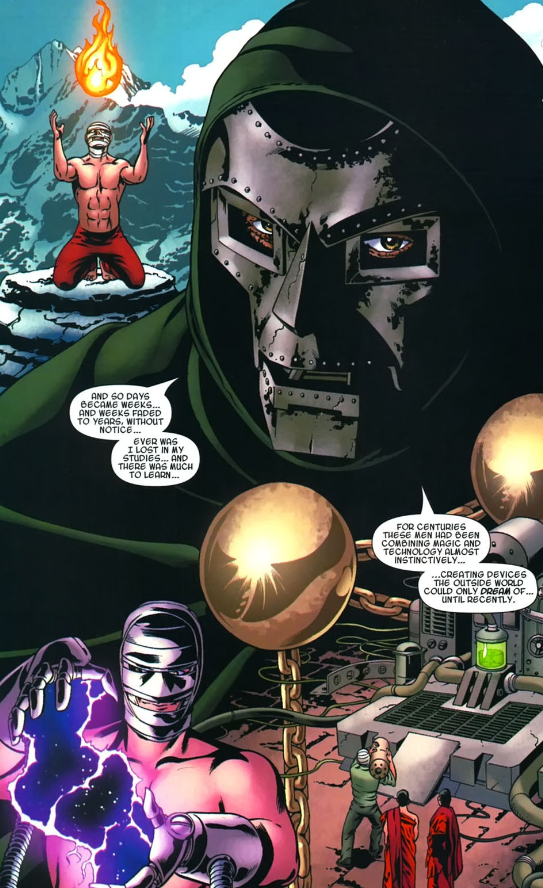
Victor spends five whole years in the monastery, quickly becoming its master.
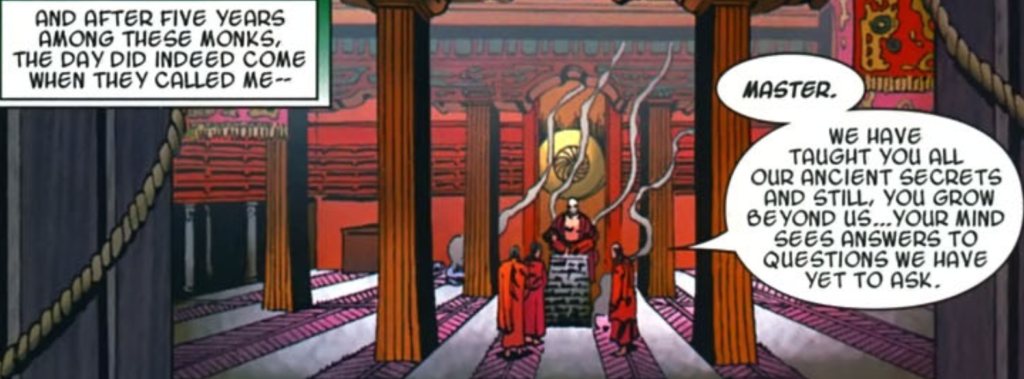
And predictably, Victor gets next to no joy out of this.
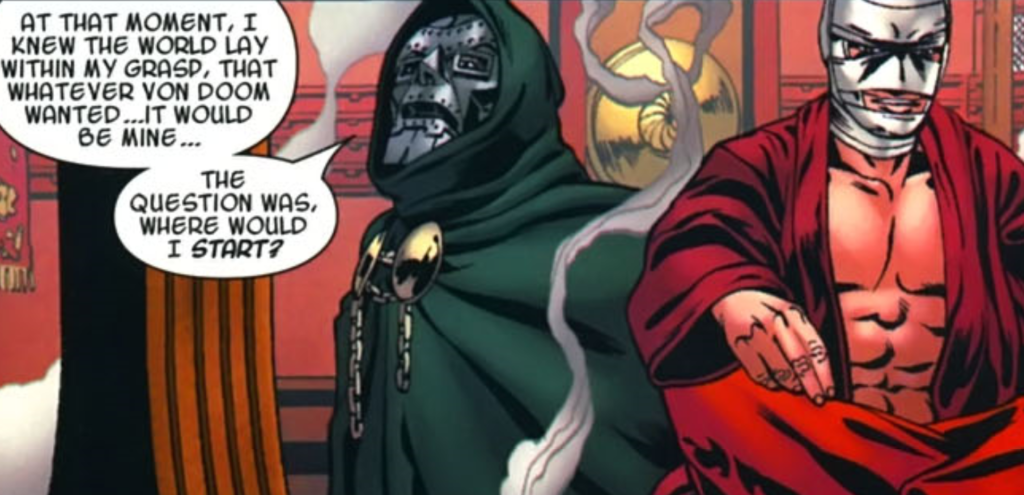
Once Victor has to leave the monastery to get supplies for his work, he finds out that his time there didn’t exactly make him a people person.
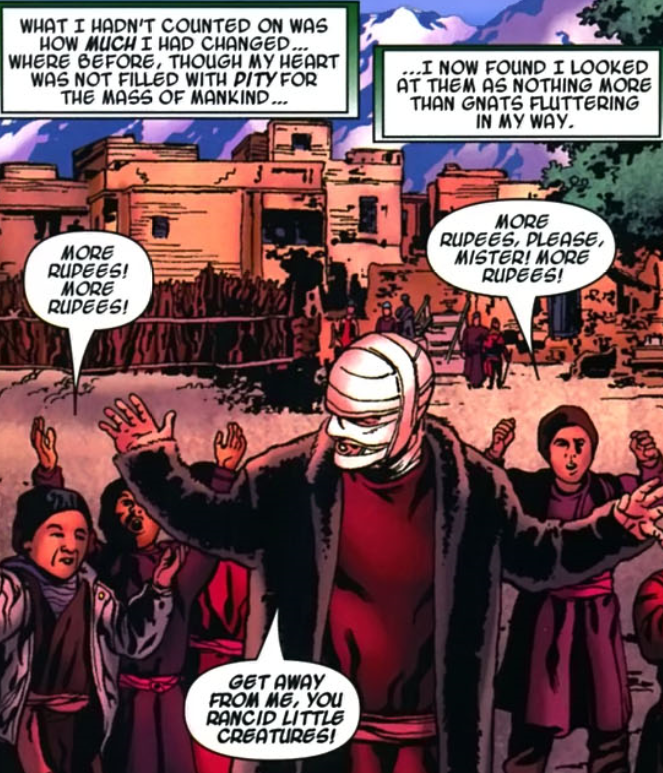
Victor has been full of himself from the start of the series, but this is where his megalomania really kicks in.

After being completely isolated from the rest of the world for five years, Victor discovers two important things. First of all, the Baron is now the reigning monarch.

And more importantly…

Canonically the first “RICHARDS!”.
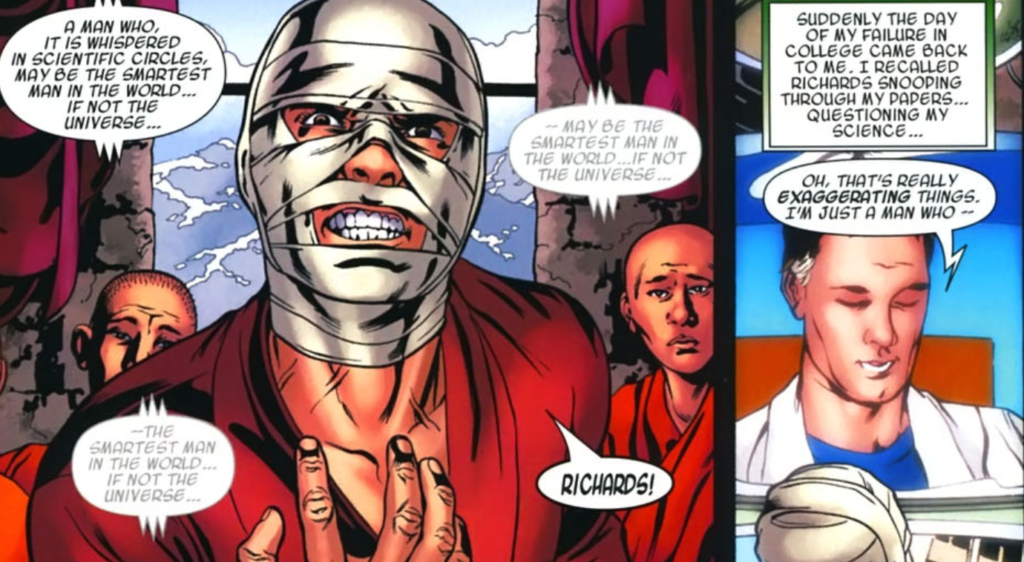
This isn’t played up in the story but it’s a HUGE moment: it’s both the moment when Victor decides that Richards was responsible for his accident…

…and it’s the moment when he decided to call himself DOCTOR Doom.
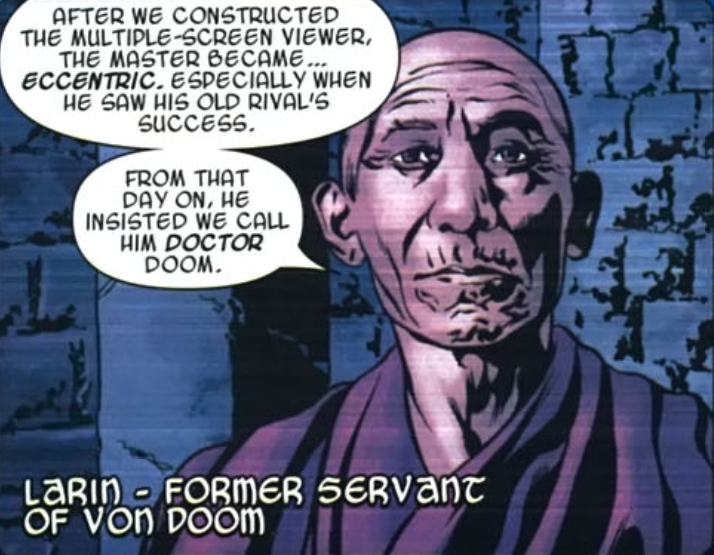
He’s plagued by nightmares like never before. Interesting to see Doom referring to the cause as “the demon”… we can interpret it literally as Mephisto, or metaphorically as his trauma.

But Doom has grown tired of this theme.
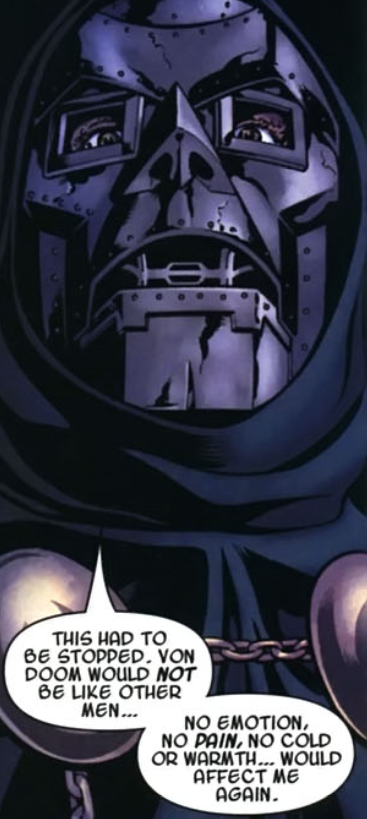
And so we have reached the pivotal moment: the armor’s creation.
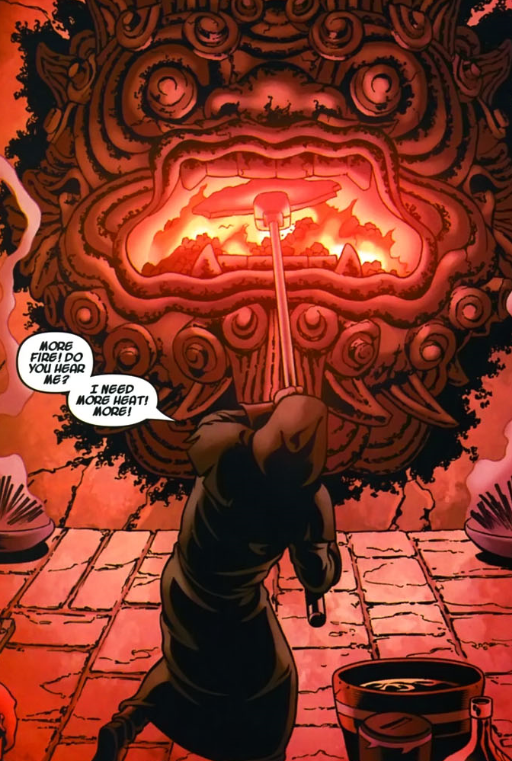
Compare to the original version:
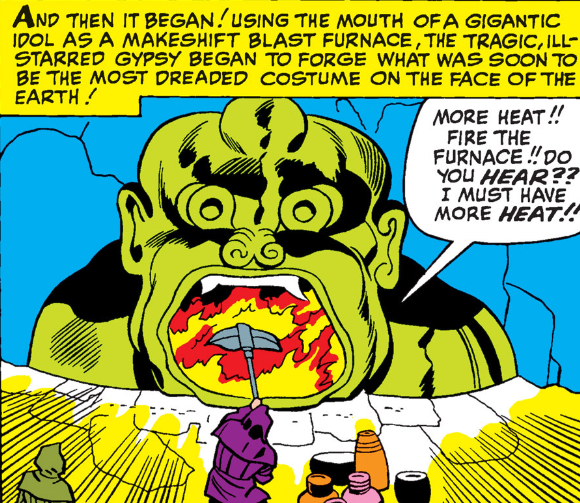
In another significant addition, this is not just a regular armor: it was SPECIFICALLY built to protect his mind against nightmares sent by Satan. (!!!!!)
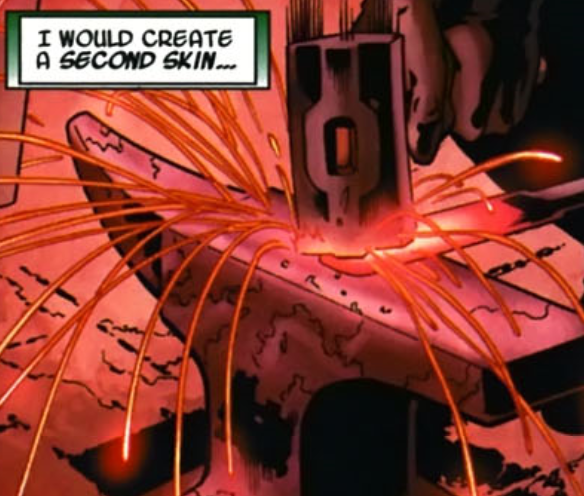

As a great comeback to the first issue, the cold metal is a specific and constant reminder to his mother.

Another iconic moment updated:
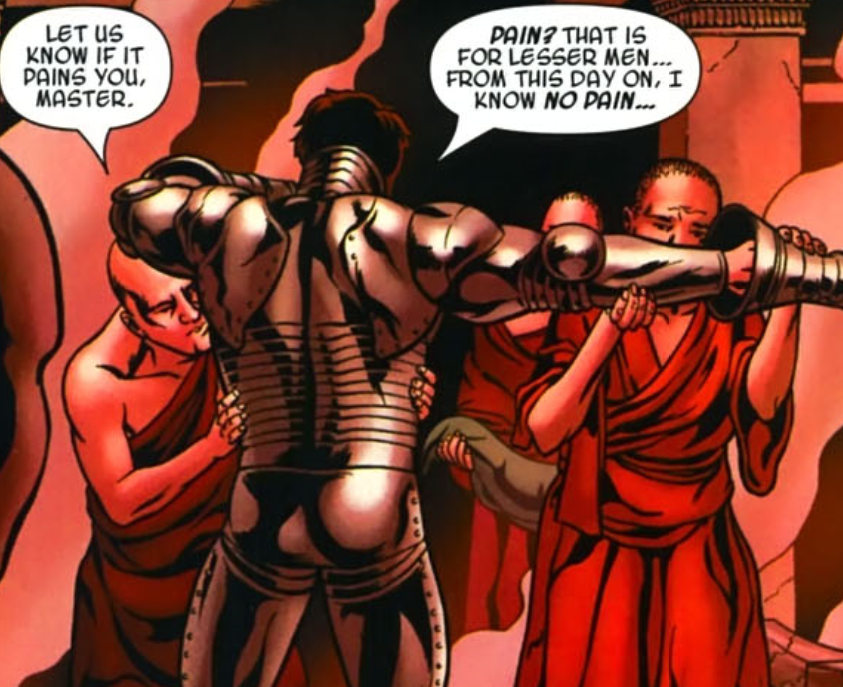
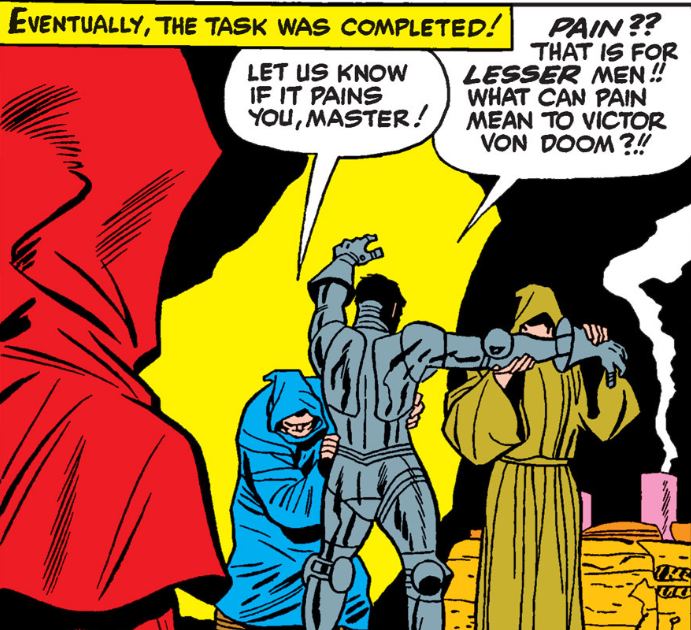
The armor sequence if rather faithful to the original, with one crucial omission: the “it has not completely cooled yet” part. While it does seem a very small detail, it’ll be a BIG omission once we get to John Byrne’s retelling of the origin.

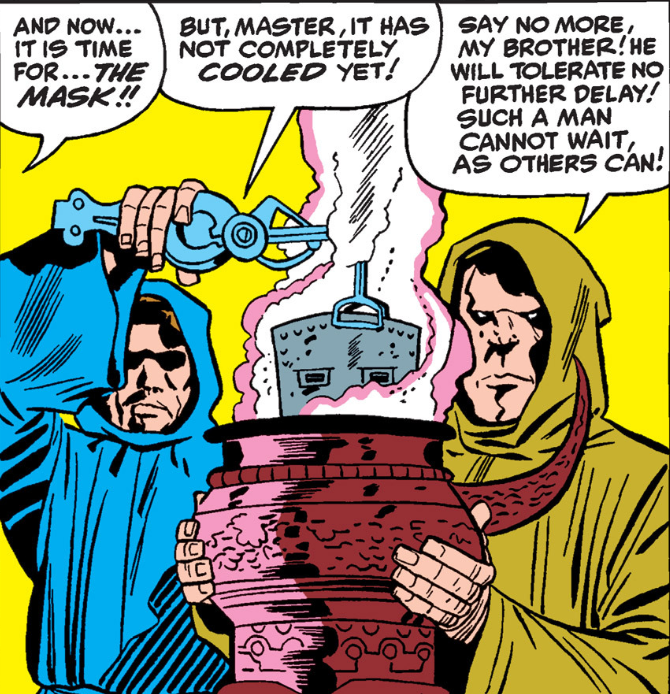
The final part is rather straightforward, with only very minor adjustments to the dialogue.

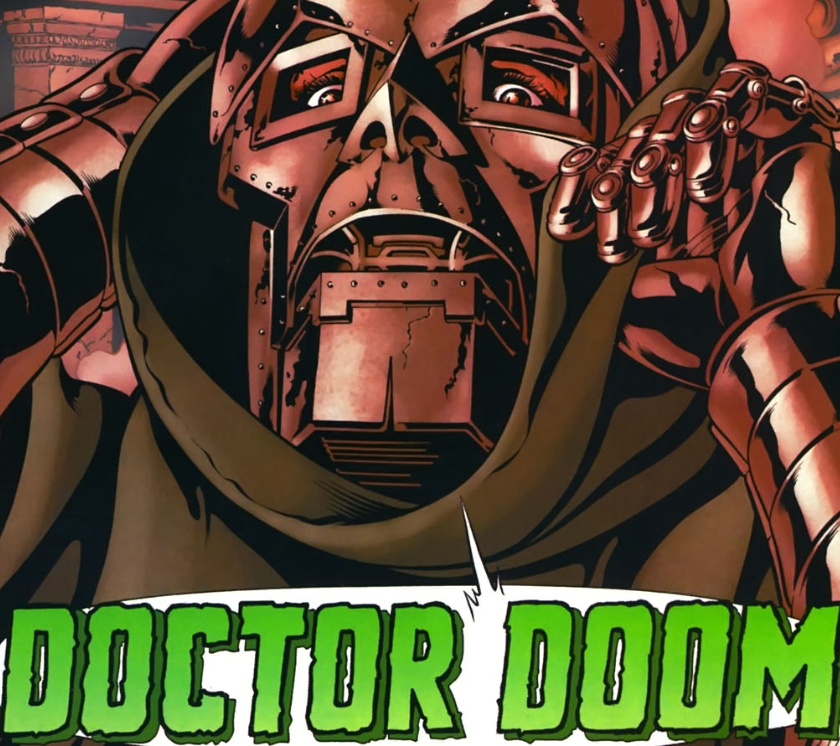
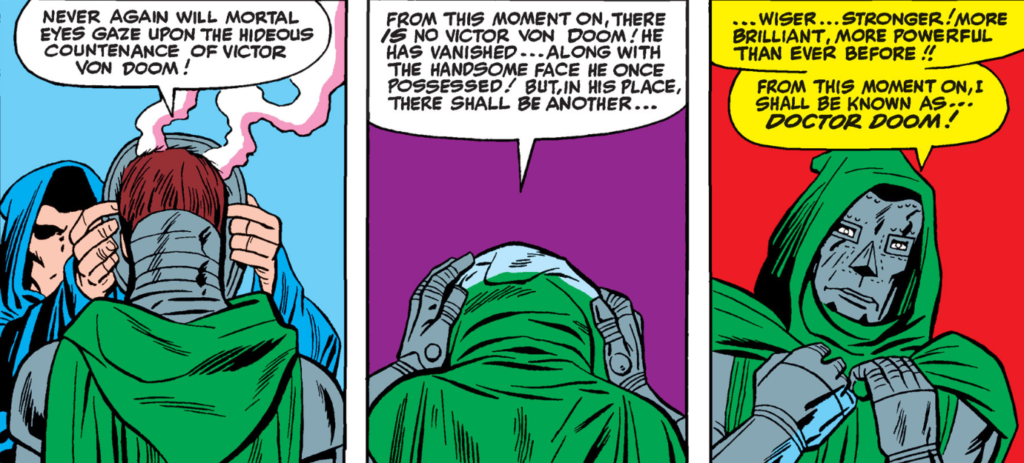
Next stop: Latveria.

But that’ll be next issue.
Doom significance: 6/10
The idea that Doom’s armor magically shields him from the world has been referenced a couple of times. More importantly, this issue clears up some confusion regarding Latveria’s monarch: in other retellings there is some confusion if the one that Doom deposes is the same one who caused the death of his father. This story makes it clear that it’s not (and good thing; while not unreasonable, he’d have to be quite old).
Silver Age-ness: 3/10
On the basis of incorporating SOME of the original dialogue, plus the idea that Doctor Doom took the name because he heard Reed being called Doctor on TV is rather Silver Age-y.
Does it stand the test of time? 9/10
Less strong than the first two issues; better than the previous one, but it gets the same score because the first part of the story loses a lot of time on the mountains, forcing the second part to feel somewhat rushed.
I actually like that the reason for the name DOCTOR Doom is immensely petty: not everything needs to have deep reasons behind it! And linking both the armor itself and the coldness of the metal to the themes of the previous issues was a good decision.
It’s rather jarring to see that Doom decides so suddenly to blame Reed, although the story makes it pretty clear that his mental state got exponentially worse during his isolation at the monastery.
